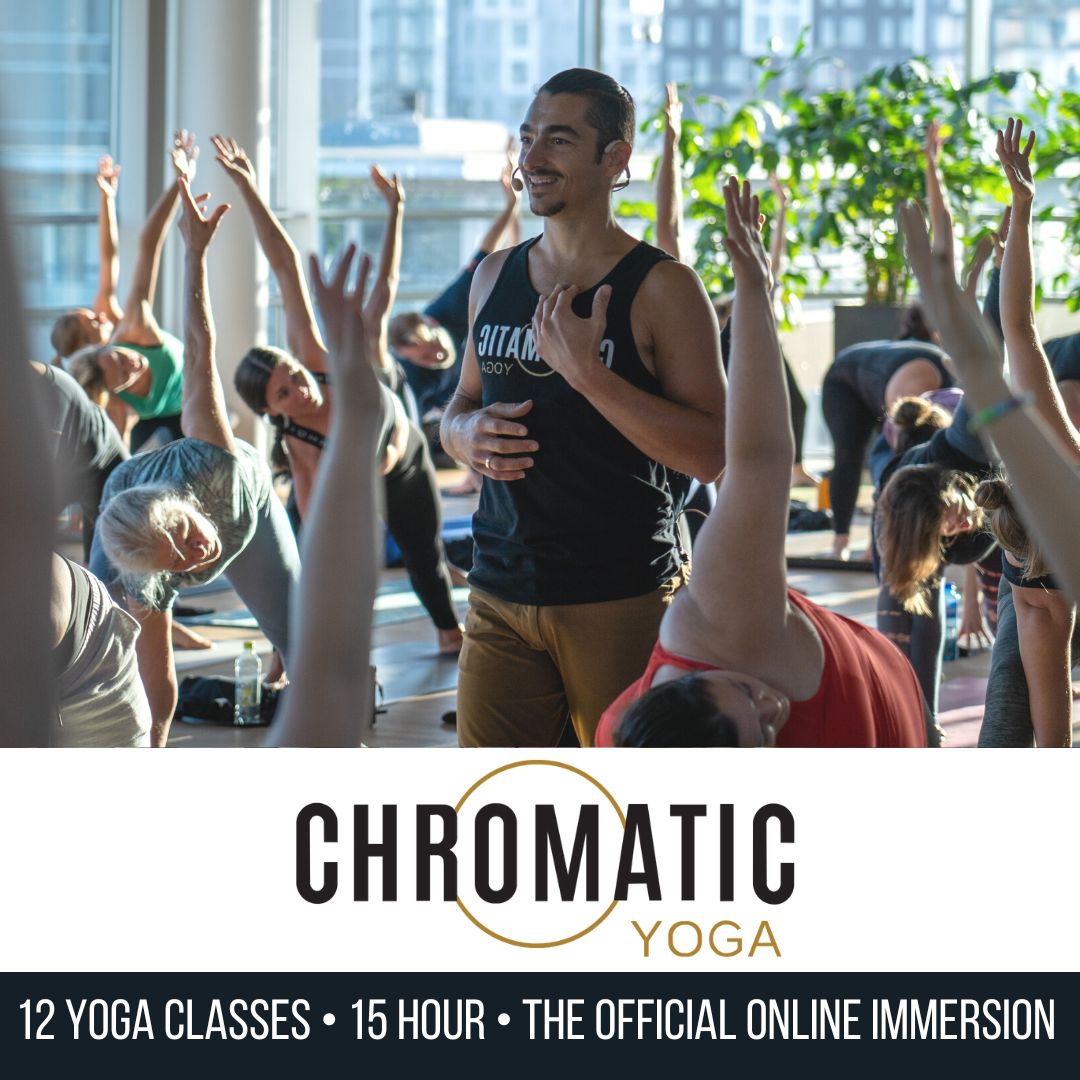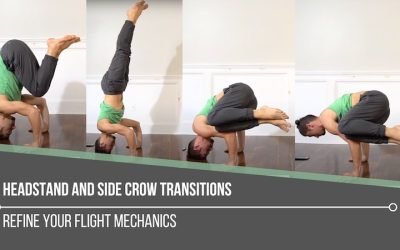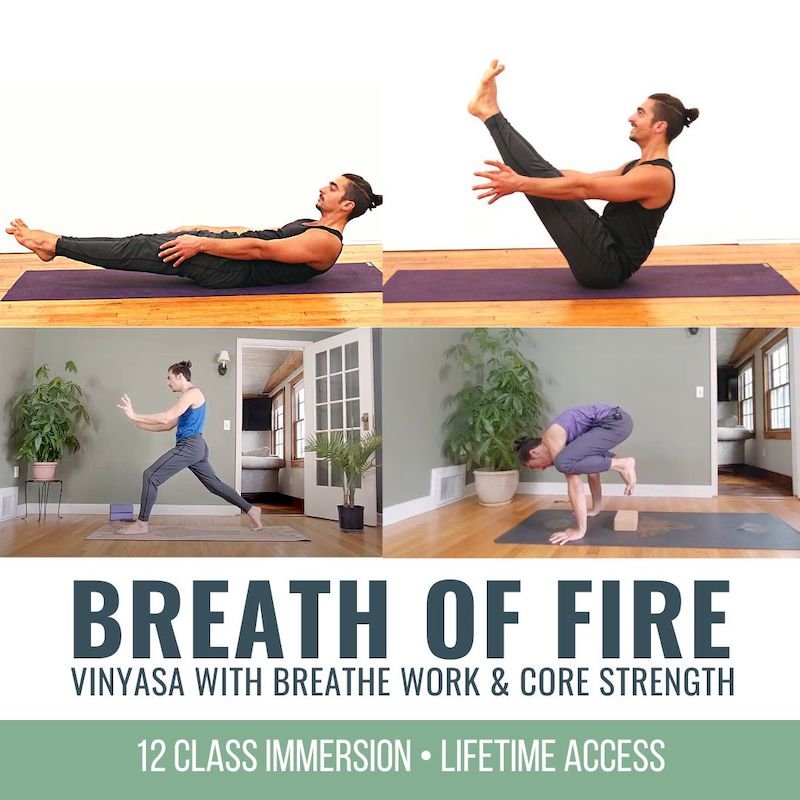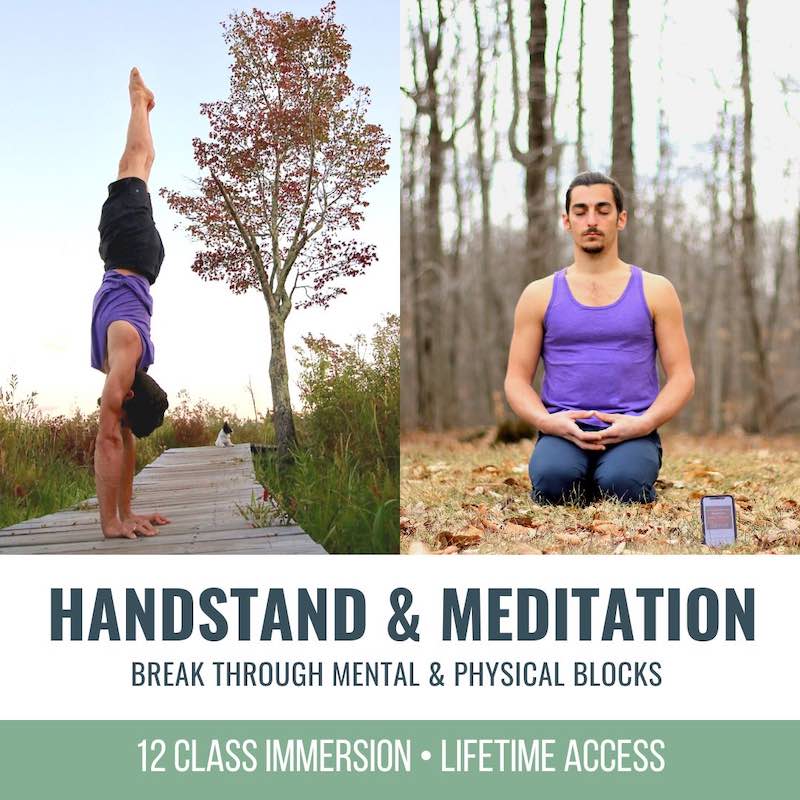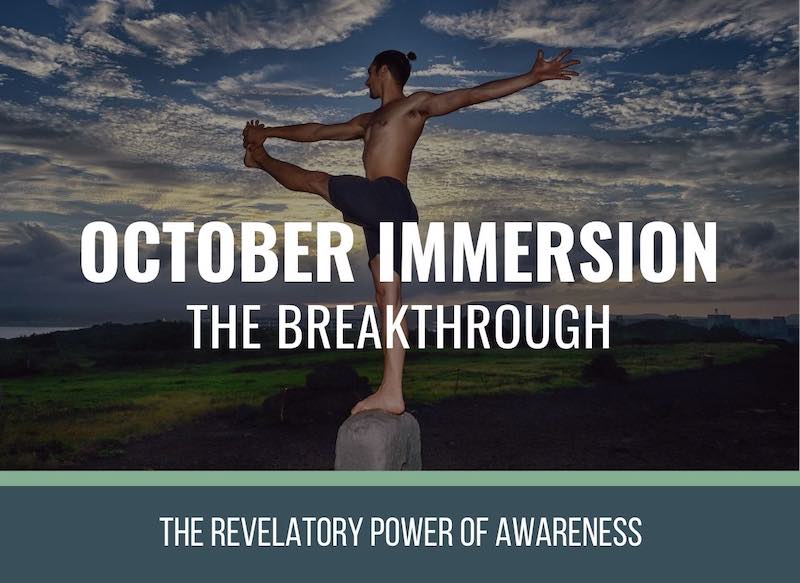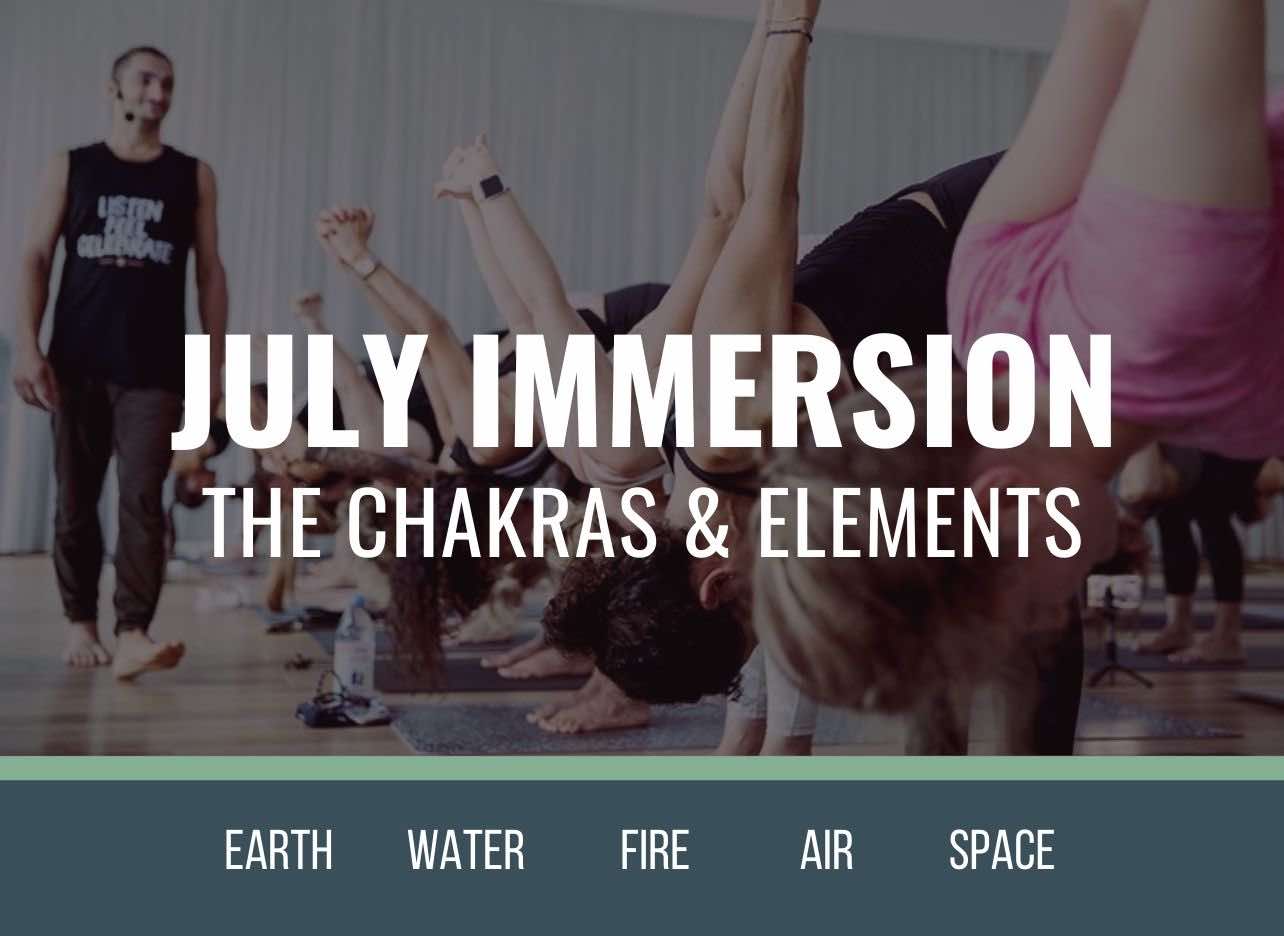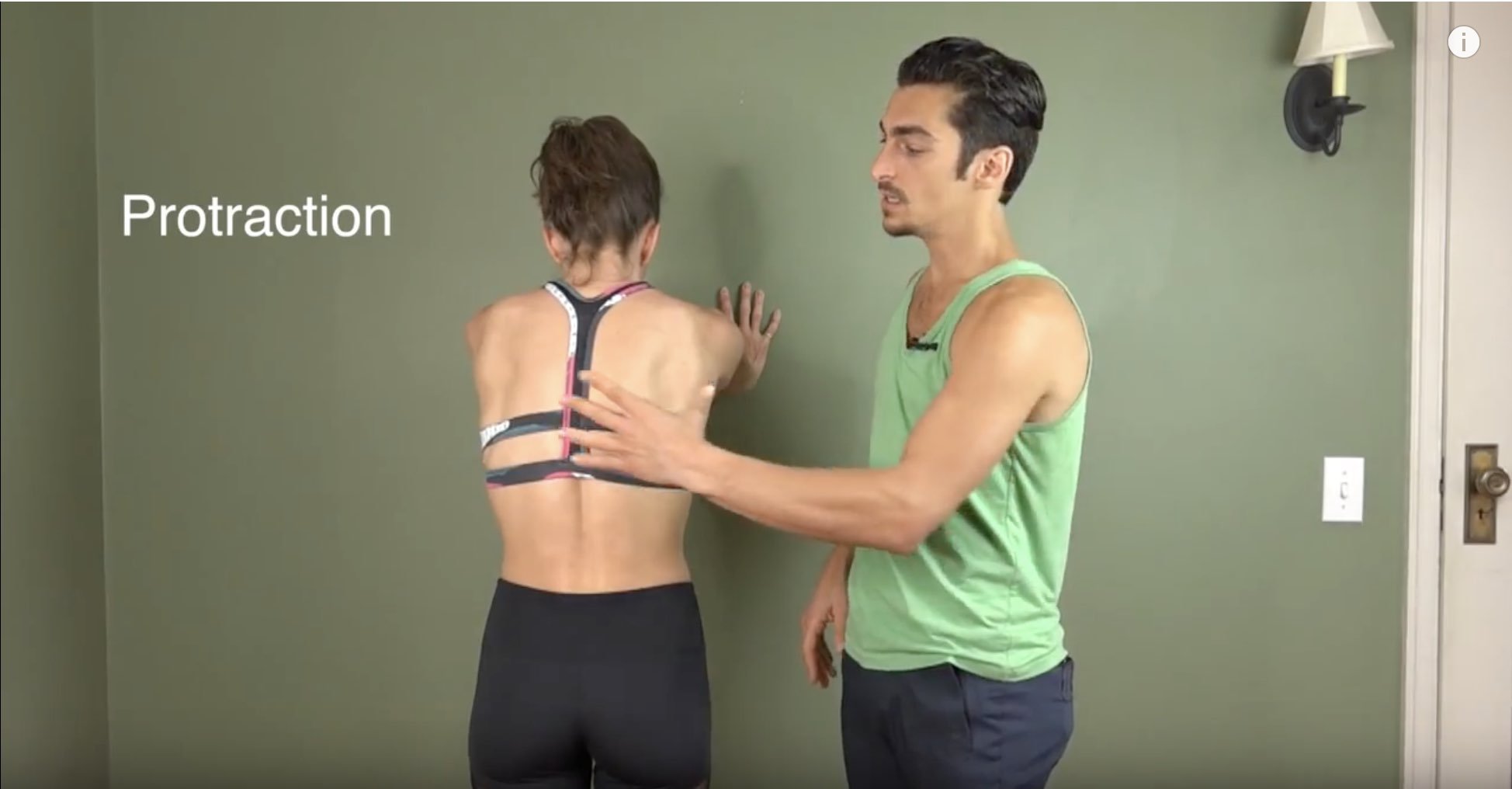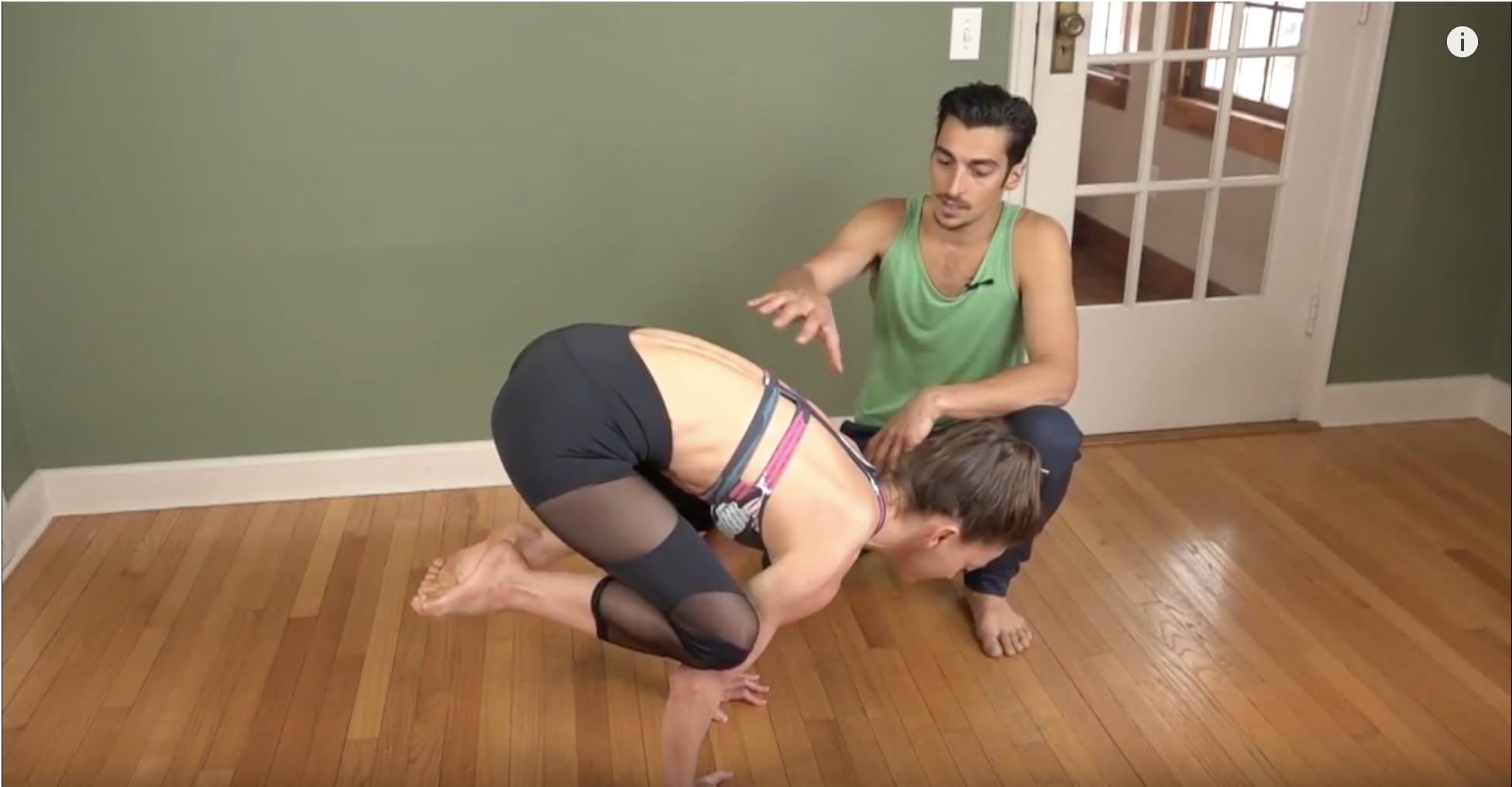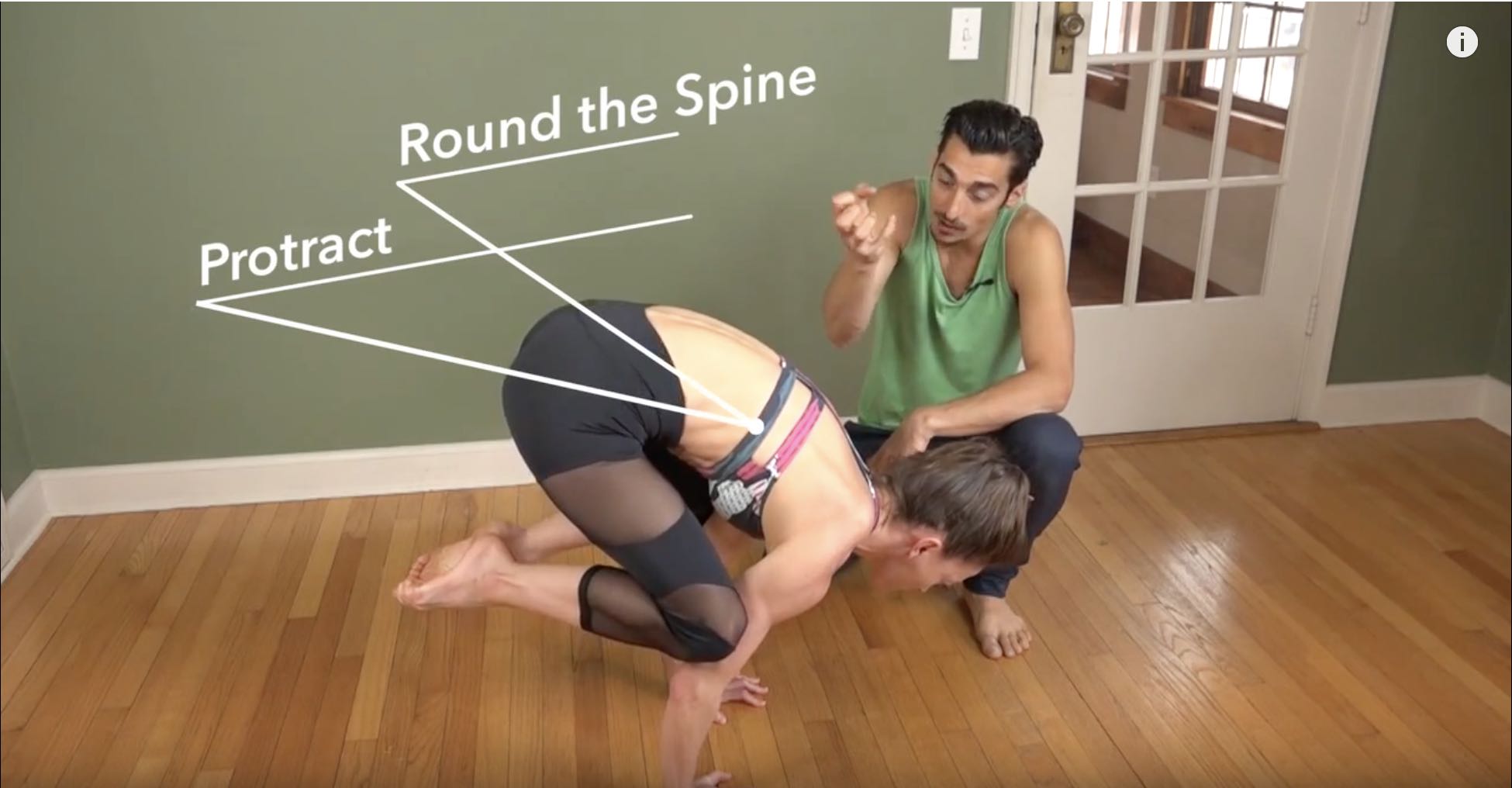Handstand ActionsLEAN, GRIP, PUSHHANDSTAND ACTIONS Handstand isn’t something we conquer in a single class, it’s a layered process that demands repetition and refinement. There are certain key handstand actions that are non-negotiable: lifting the shoulders up to the...
Ignite Your Core
Ignite Your Core
Add These 7 Postures for Strength and Stretching
SPINAL FLEXION
IGNITE YOUR CORE
It’s no secret that you go to your yoga mat for a purpose, whatever that may be on a given day. It’s important, however, to marry that purpose with intention. When it comes to strengthening your core in your asana practice, this is vital. As your center, your core is involved in every movement, but that doesn’t mean you’re maximizing your potential for strength. In many yoga postures, you may be missing opportunities to intentionally move in a way that will truly ignite your core. In today’s video, you’ll see how Matt transforms the execution of 7 yoga poses. You will learn new ways to achieve strength in your core, and you’ll gain the benefit of a target stretch, which in Chromatic yoga can become a secondary focal point to support the desired action on the mat.
CHROMATIC YOGA
OCTOBER 2023 15Hr. Immersion
- 12 Chromatic Yoga practices with founder Matt Giordano
- Full-spectrum immersion covering all posture categories
- Improve your body awareness and advance your practice
- Technique, biomechanics, and alignment at the forefront
- Life-enhancing and inspirational Chromatic philosophy woven through each class
- 15 Continuing Education hours with Yoga Alliance
- 15 Accredited Hours with the Chromatic School of Yoga
- Step-by-step instruction for increased accessibility
- Improve strength, balance, flexibility, and proprioception
- Appropriate variations and modifications for all levels
$168.00 $138.00
PREPARE WITH “CORE” CAT/COW
Igniting your core in Cat/Cow may not be exactly as you imagine. What Matt says in the video about defaulting to just allowing gravity to take over can be so true. He mentions that when moving into spinal flexion (Cat), you may just be dropping your head and the lower vertebrae, but flexing the entire spine is extremely important. The actions to take here are to pull your chin and throat back and to pull your ribs back, while lengthening the occipital ridge (where your skull meets your neck). By doing this, you’ll really feel the difference in sensation. You’ll get the activation of the core, receiving the benefit of strength while also lengthening the erector spinae muscles. These are also great foundational actions for arm balances and forward folds.
WATCH THE VIDEO
IGNITE YOUR CORE: ADD THESE 7 POSTURES FOR STRENGTH & STRETCH
PROGRESSION AND PATTERNING
In Chromatic yoga, you’re directed toward a specific focal point or action. This not only allows you to practice it repeatedly to integrate it, but eventually, it also transforms the way your body moves altogether. After repatterning Cat/Cow to attain more core engagement, multiple opportunities will unfold in the rest of the practice. Postures like High Lunge and the transitions between postures change when you focus on the physical throughline. In today’s video, you’ll see how the same actions from Cat/Cow are repeated in High Lunge. Coming from Three-Legged Dog towards “knee to chest” requires more strength from your wrists, shoulders, and serratus anterior. So what should you do? Stay focused on the key actions. What’s interesting is that sometimes your body finds more connection on a different plane, so repeatedly exploring these actions is crucial.
200 HOUR ONLINE TEACHER TRAINING
GET CERTIFIED & DEEPEN YOUR YOGA PRACTICE
- Deepen your yoga practice
- Build confidence speaking in front of groups in person and online
- Learn foundational class structures and templates
- Learn techniques for a wide range of yoga postures
- Get certified and highly qualified to teach yoga
- Yoga Alliance Globally Recognized Certification Program
CORE ACTIVATION—TRADITIONAL AND UNEXPECTED
Matt offers a variety of options in standing and seated Dragonfly.
As discussed, the key actions today are to pull your ribs back, pull your chin and throat back, and elongate your neck. In the last 4 postures in the video, Matt demonstrates some traditional and unexpected ways to ignite your core.
- Lizard Pose is a hip opener, but bringing your awareness to the key actions is what changes the dynamic.
- Forearm Plank may be a more typical posture with regard to strengthening the core, but pay attention to the plantar flexion (pointing) of Matt’s feet in the video—it leads to more emphasis on your trunk.
- Gravity can take over in Pyramid Pose, but it’s an opportunity again to engage.
- Paschimottanasana (Seated Forward Fold) is the final pose in the clip. Although an intense hamstring stretch, it becomes effective as a core strengthener when you stretch your back muscles in spinal flexion.
300 HOUR ONLINE TEACHER TRAINING
GET 500 HOUR CERTIFIED AS A MASTER TEACHER
Master your skill set as a teacher through refined techniques, anatomy, biomechanics, sequencing, philosophy, meditation techniques, theming, yoga business, and much more!
- Get 500 hour certified
- Learn anatomy, biomechanics, asana techniques
- Expand your teaching skills
- Masterful sequencing and verbal delivery
- Learn meditation and breathwork techniques
- Transformative tools: theming, dharma talks, satsang
THE ULTIMATE GOAL
The ultimate goal is to BE INTENTIONAL. Every posture has multiple benefits, but it’s the focus you keep within a given practice that will ultimately bring clarity and purpose to your experiences on the mat.
One thing truly affects another, as is shown in the 7 postures Matt demonstrates in today’s video. Enhanced awareness of core activation will ultimately lead to improved spinal flexion. Taking a Chromatic approach opens up more opportunity for breakthroughs in your practice.
You can register for Matt’s current 15 Hour Chromatic Yoga Immersion to open yourself up to new possibilities.
See you on the mat!
The 200 Hr. Teacher Training: Click Here to See the Next Start Date
The 300 Hr. Advanced Teacher Training: Click Here to See the Next Start Date
Article by Trish Curling
Videos Extracted From: Chromatic Yoga 15 Hour Immersion
ONLINE ANATOMY COURSE
- Accessible, exciting, and easy to learn
- Anatomy and biomechanics for yoga
- Appropriate for both teachers and students
- Learn joint alignment vs pose alignment
- Demystify yoga poses and transitions
- Release aches and pains
- Learn how to avoid common injuries
- Caters to all levels with modifications and props
- 20 hours Continued Education Credits with Yoga Alliance
- 20 hours toward Chromatic Yoga Certification and 300 Hour
- Lifetime access
Continue Learning
Handstand Actions
Handstand Mechanics
Handstand MechanicsINVERSIONHANDSTAND MECHANICS Stability, strength, and coordination come together in the pursuit of mastering handstand mechanics. One of the most critical foundations is internal rotation at the hip joints, which can aid with certain entries and...
Stable Sirsasana
Stable SirsasanaHEADSTANDSTABLE SIRSASANA Creating a stable Sirsasana is less about the final pose and more about the mechanics that lead us there. From weight transfer and spinal alignment to hamstring flexibility and shoulder engagement, each layer matters. Unlike...
Explore Hip Rotation
Explore Hip RotationSURYA YANTRASANAEXPLORE HIP ROTATION Hip rotation isn’t just an anatomical concept—it’s an open invitation to become more intimate with our body’s story. In yoga, we often live in lateral (external) rotation, especially in hip-opening postures....
Step Up Your Side Plank
Step Up Your Side PlankVASISTHASANASTEP UP YOUR SIDE PLANK Side Plank might look simple, but true proficiency starts in the details. One of the keys to refining the posture is learning how opposing muscle groups create an isometric contraction—a subtle engagement that...
Headstand and Side Crow Transitions
Headstand and Side Crow TransitionsPARSVA BAKASANAHEADSTAND AND SIDE CROW TRANSITIONS Mastery begins with mechanics, especially when it comes to headstand and side crow transitions. Each posture on its own demands control, coordination, and a deep understanding of...
THE FREE TECHNIQUE PACK
When You Subscribe, You Will Get Instant Access to
- the Technique Pack: 15 yoga pose breakdowns
- exclusive online course discounts
- exclusive blogs and videos

